ICT100: Report on Robotic Process Automation (RPA) Analysis
VerifiedAdded on 2022/10/17
|7
|340
|10
Report
AI Summary
This report examines Robotic Process Automation (RPA), detailing its working principles, strengths, weaknesses, and ethical considerations. The report explores how RPA enhances business operations, including its ability to automate tasks and reduce errors. It discusses the benefits of RPA, such as increased efficiency and improved quality assurance, while also addressing its limitations, including high implementation costs and potential security issues. The report also delves into ethical concerns associated with RPA, such as job displacement and data privacy. The author concludes by emphasizing the importance of addressing these ethical considerations to ensure responsible implementation of RPA technologies. The report is based on recent research and provides valuable insights for students studying information systems and related fields.
1 out of 7
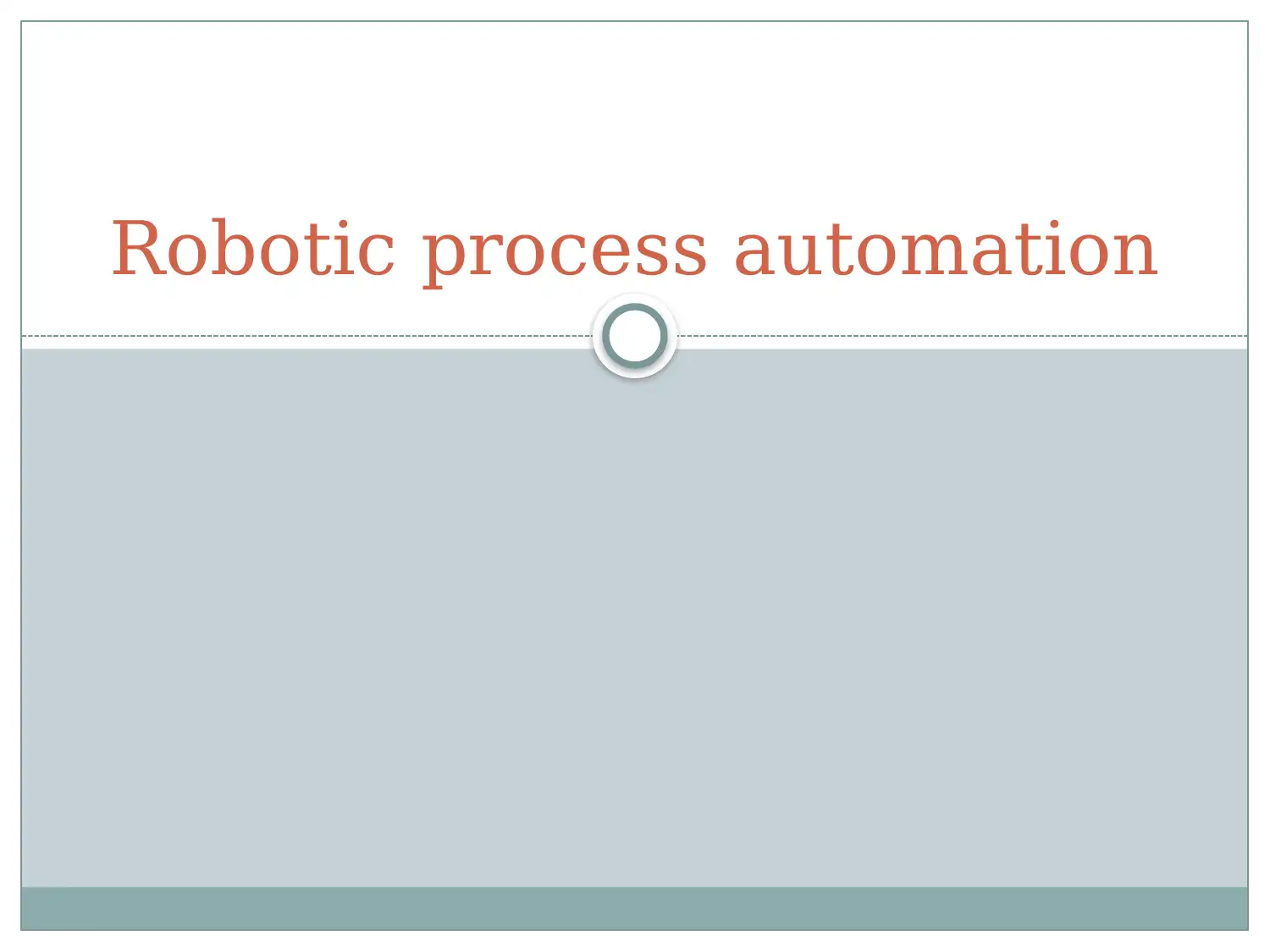
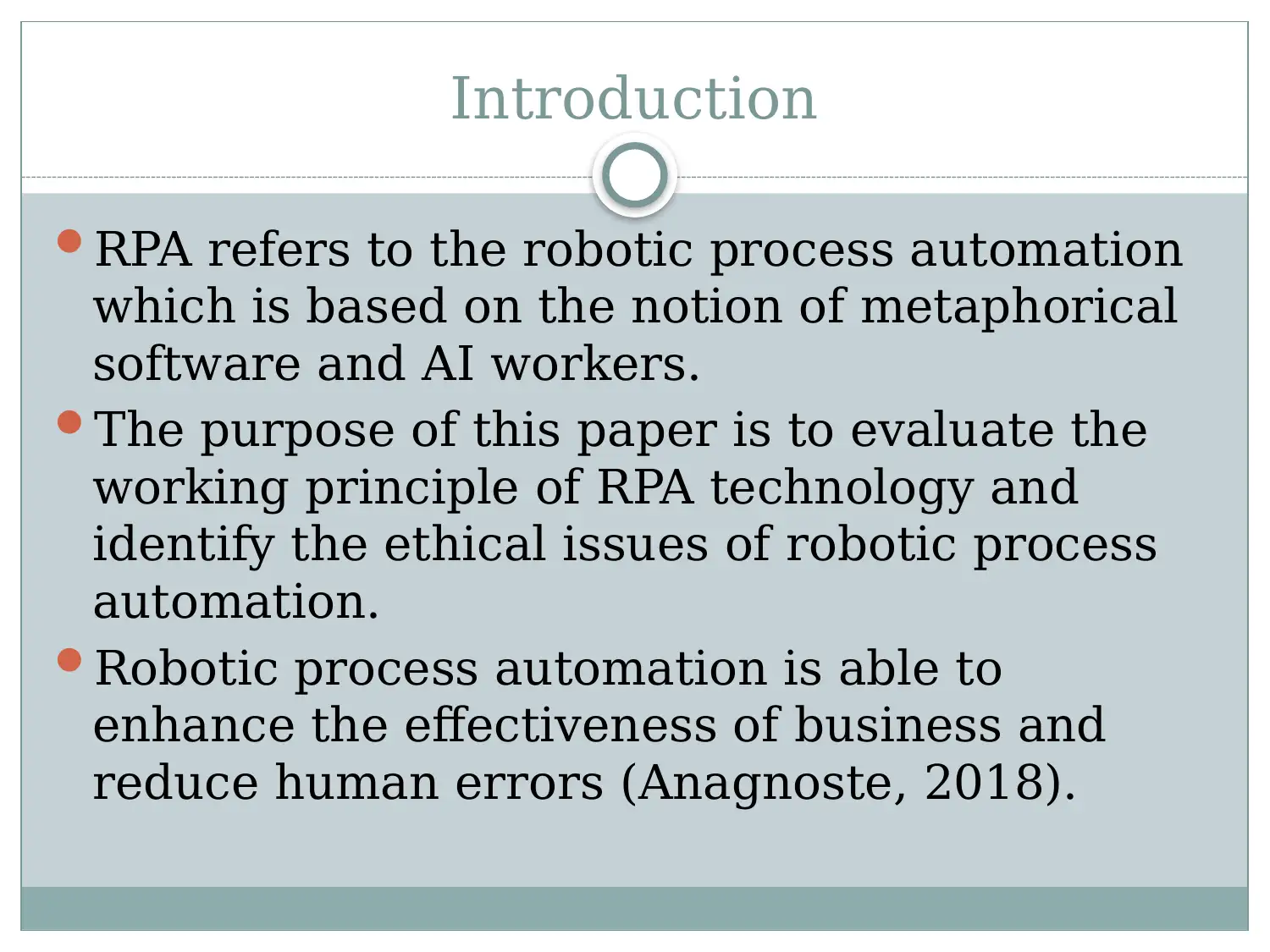
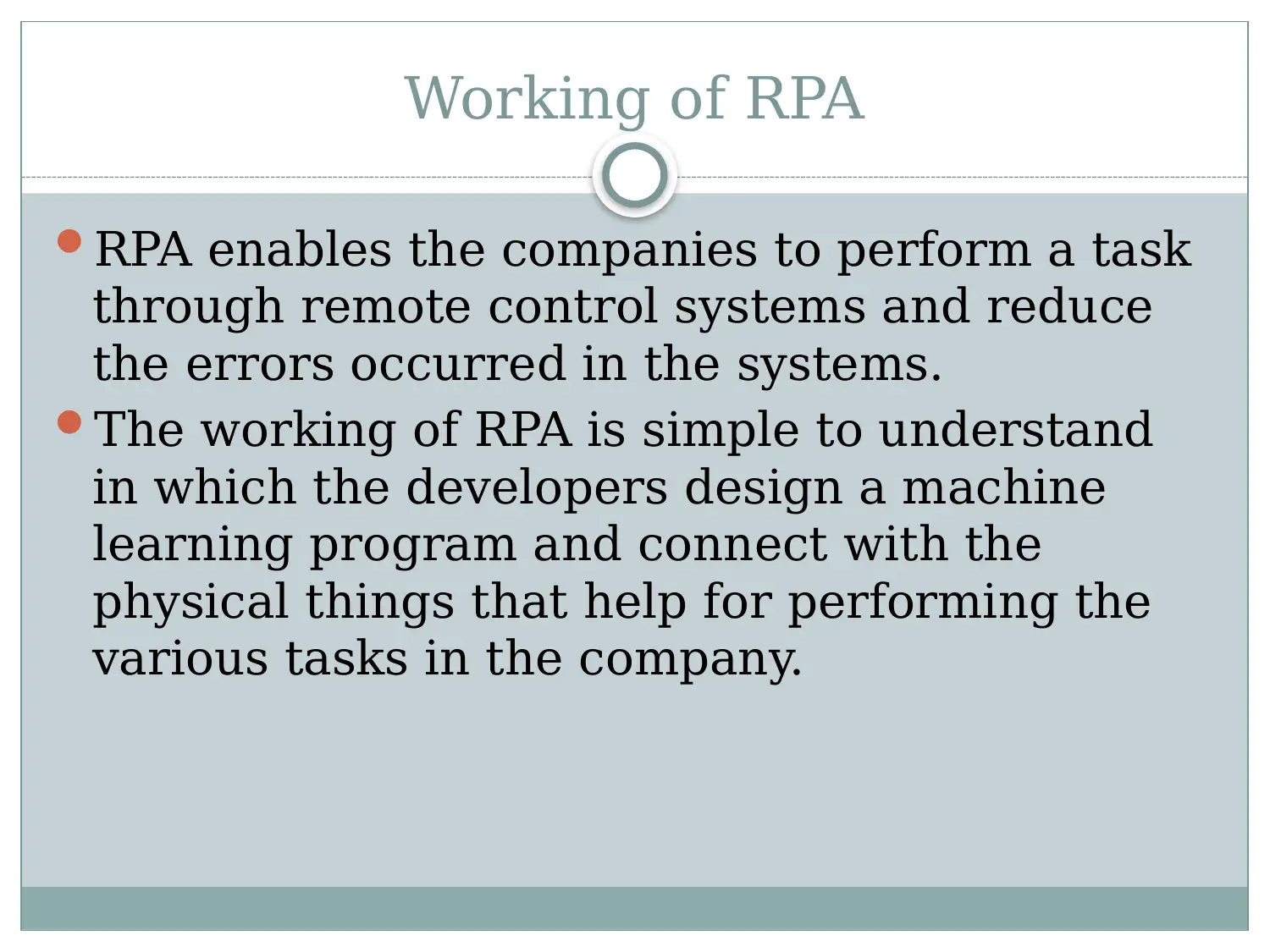

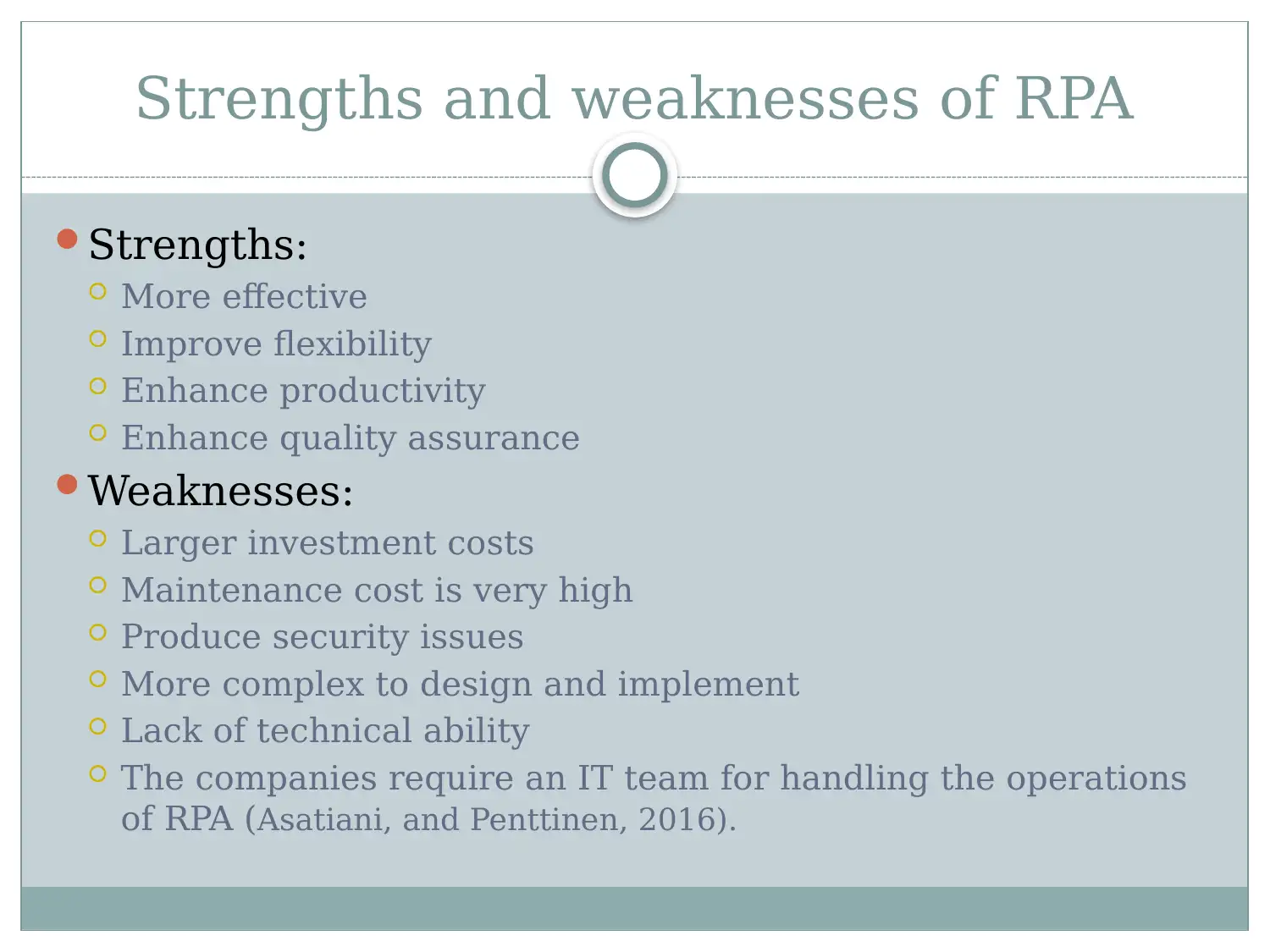
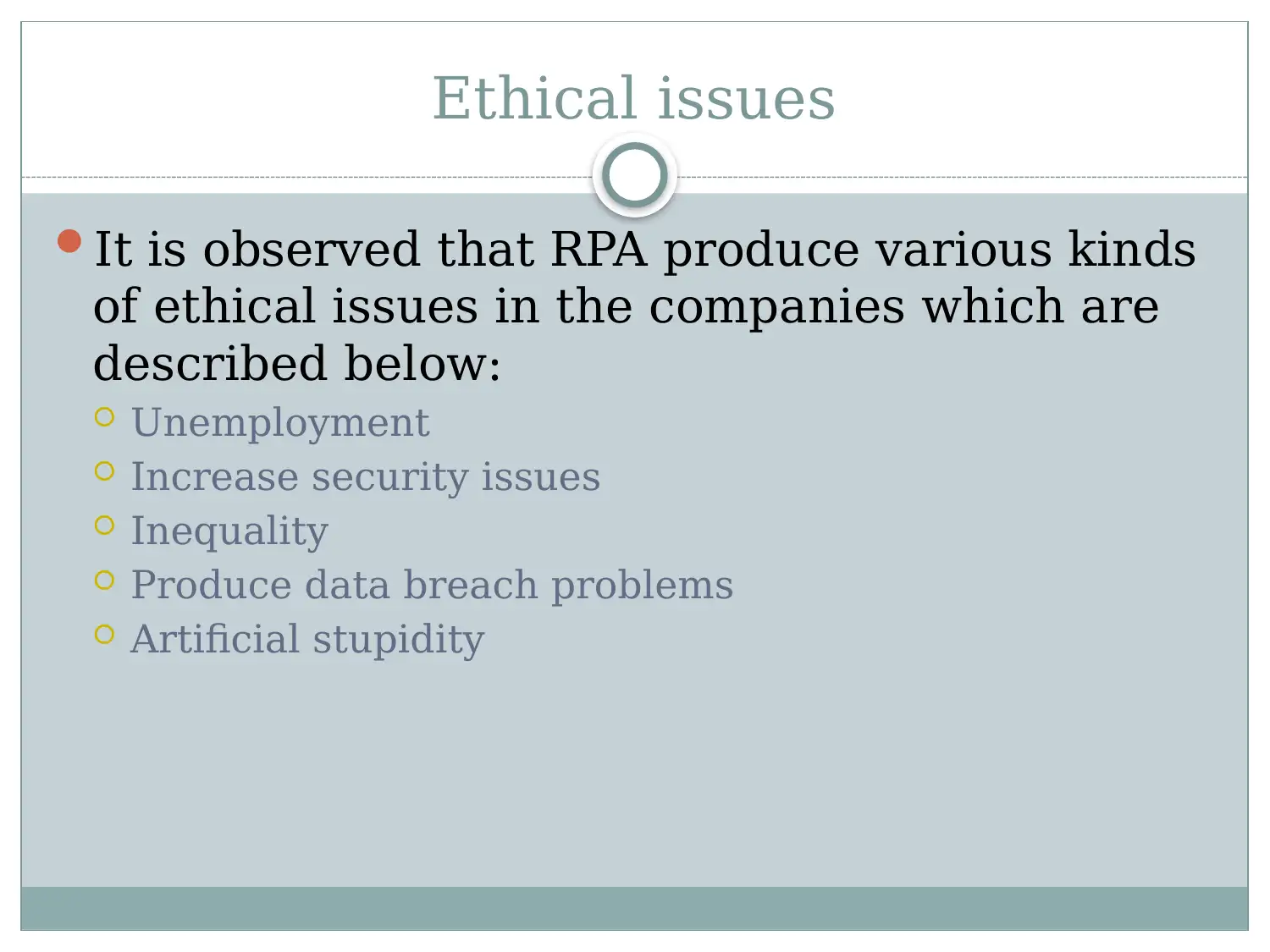
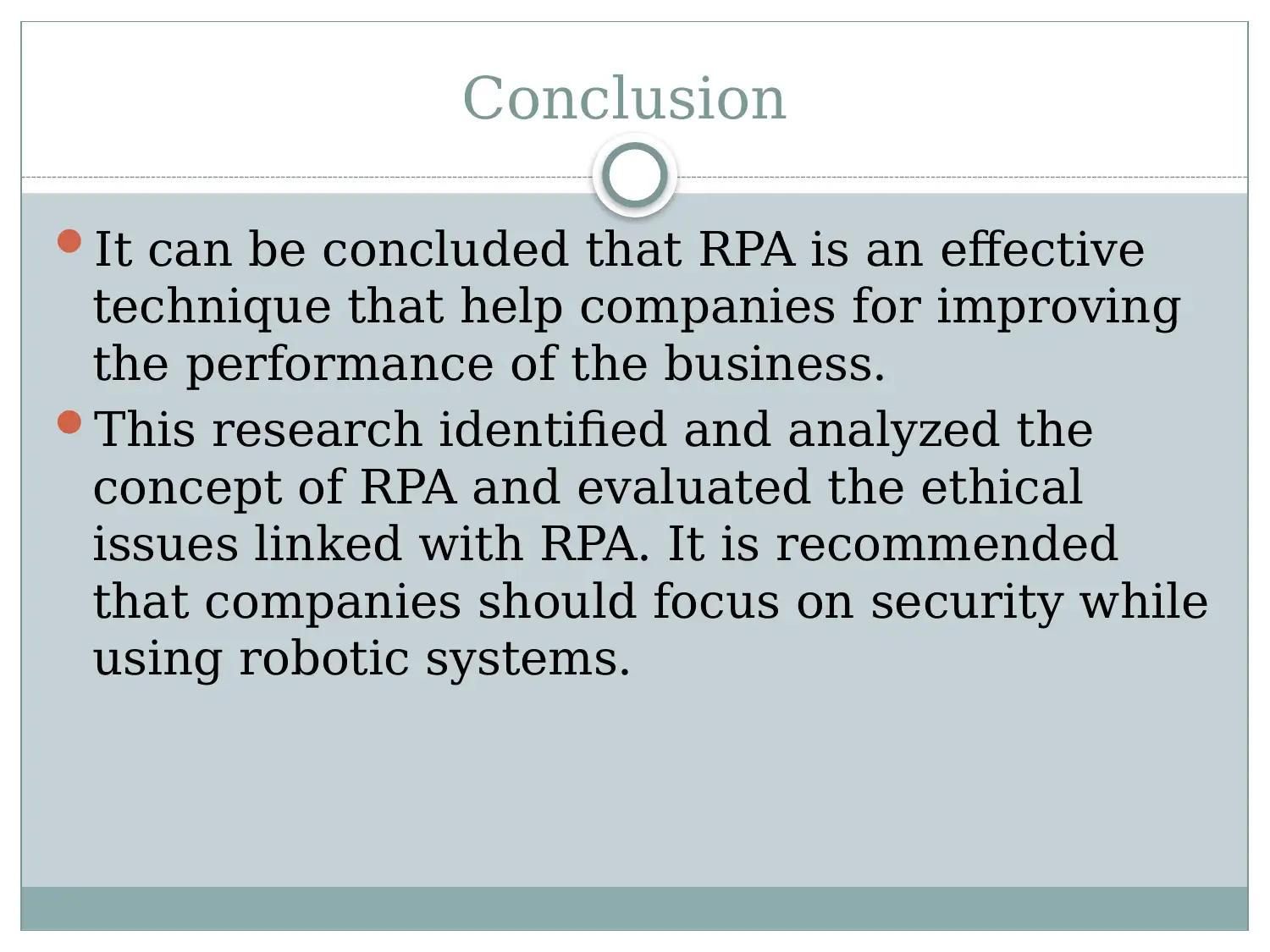






![[object Object]](/_next/static/media/star-bottom.7253800d.svg)